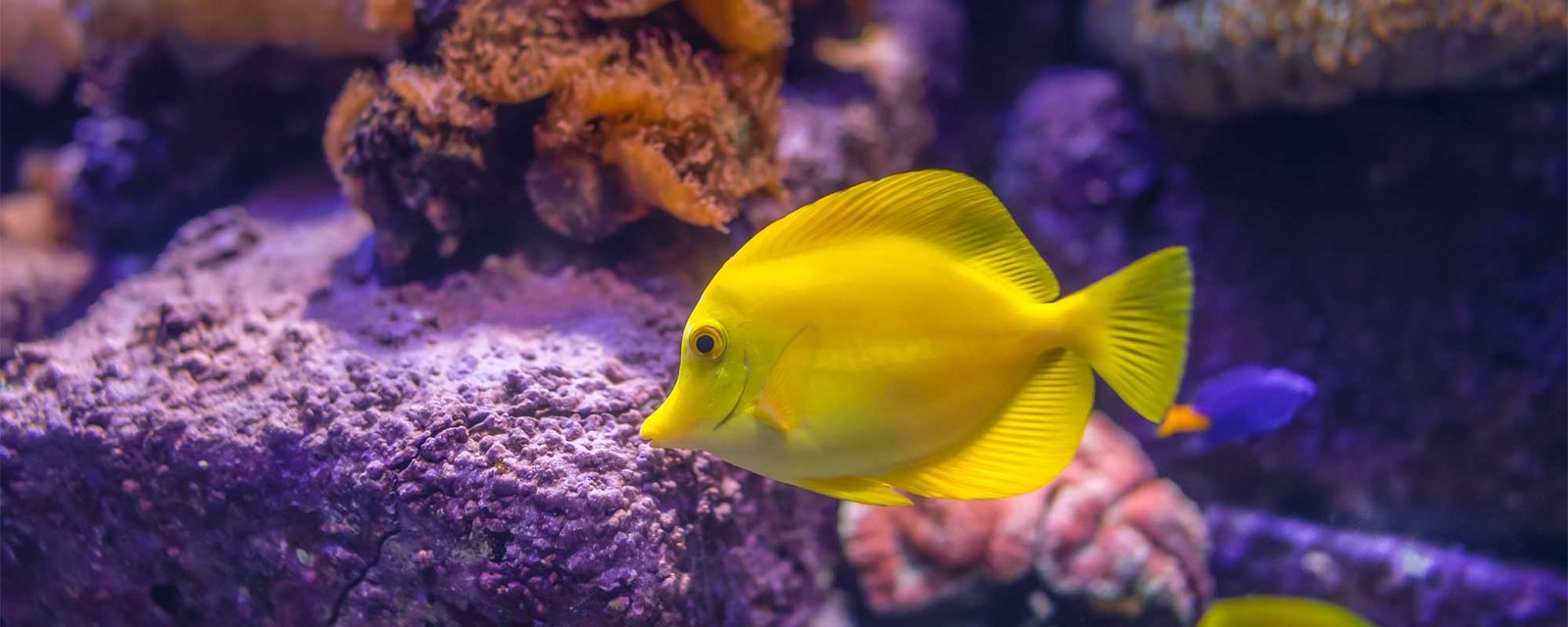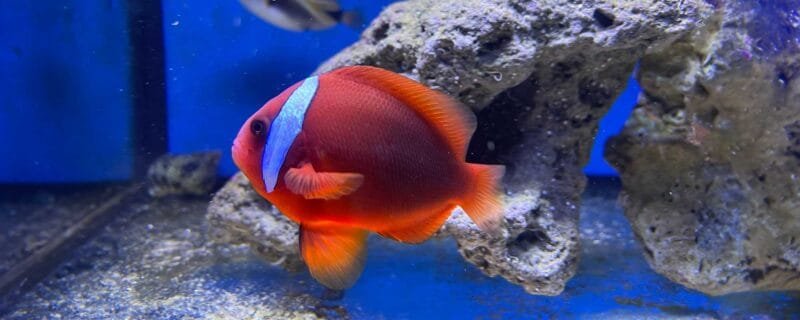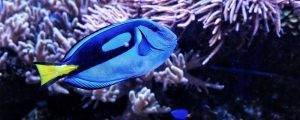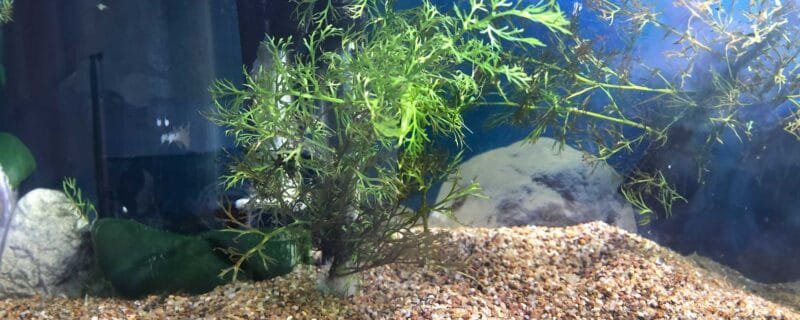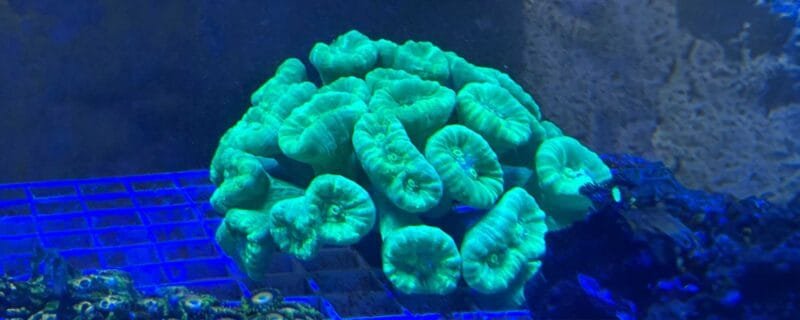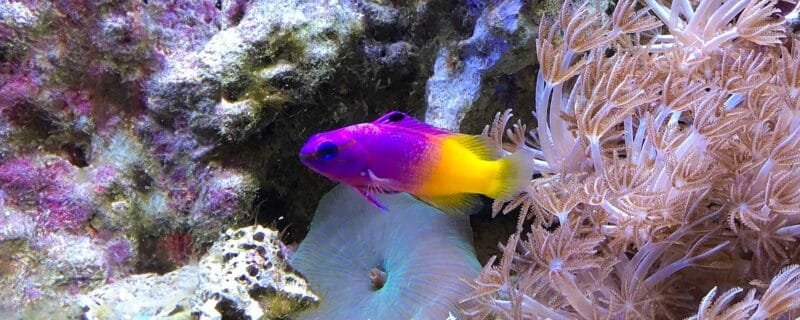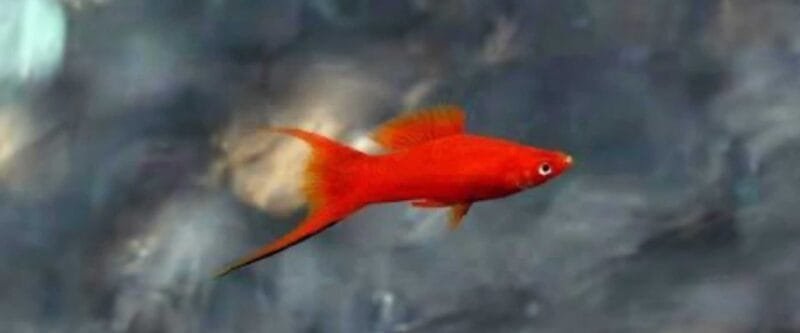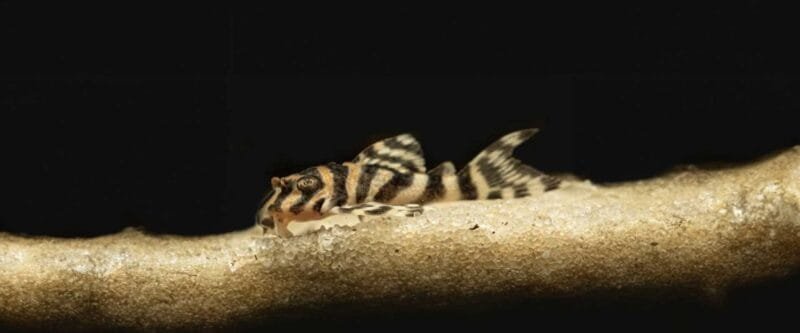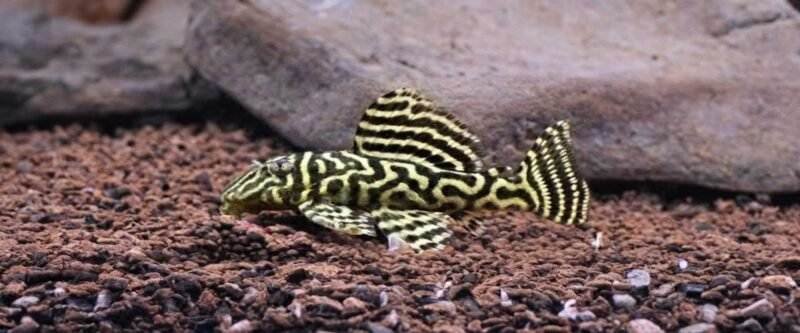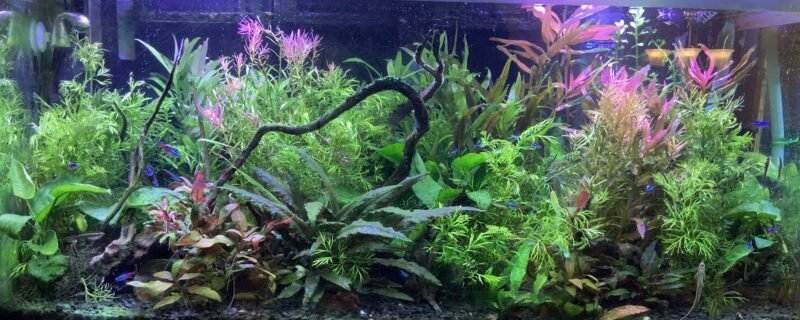The Yellow Tang, scientifically known as Zebrasoma flavescens, is a beloved and iconic marine fish species admired for its striking appearance and vibrant yellow coloration. This species hails from the tropical waters of the Pacific Ocean, particularly around the Hawaiian Islands. In this blog post, we’ll take a closer look at the Yellow Tang, exploring its natural habitat, suitability for reef tanks, and fascinating characteristics that make it a popular choice among marine aquarium enthusiasts.
Habitat and Native Range
The Yellow Tang is native to the warm, crystal-clear waters of the Pacific Ocean, with a primary distribution in the Hawaiian Islands. These fish thrive in the coral-rich environments of shallow coastal reefs and lagoons. In the wild, you’ll find them darting among coral formations, feeding on algae that grow on rocks and corals.
These herbivorous fish play a vital role in the ecosystem by helping to control algae growth on the reefs, contributing to the overall health and balance of the coral ecosystem.
Appearance and Behavior
The Yellow Tang’s vibrant yellow coloration, which gives it its name, is truly captivating. It boasts a sleek, disc-shaped body with a pointed snout and sharp dorsal and anal fins. Yellow Tangs can reach a size of up to 8 inches (20 cm) in captivity, making them a substantial and eye-catching addition to reef aquariums.
In terms of temperament, Yellow Tangs are generally peaceful and get along well with other non-aggressive fish species. However, they can become territorial when housed in small aquariums or with other Yellow Tangs. Providing ample swimming space and hiding spots can help mitigate potential aggression.
Suitability for Reef Tanks
One of the Yellow Tang’s most appealing qualities is its suitability for reef aquariums. These fish are reef-safe, meaning they won’t harm or prey on corals, invertebrates, or other tank inhabitants. In fact, they often form a symbiotic relationship with certain cleaner fish and shrimp species, which help keep them free of parasites.
Moreover, their algae-grazing habits make them valuable for controlling unwanted algae growth in reef tanks. They are known to graze on nuisance algae types like hair algae and filamentous algae, helping to maintain a clean and healthy reef environment.
Care in Captivity
Keeping a Yellow Tang in your reef tank requires some careful considerations. Ensure your tank is adequately sized, with a minimum of 75 gallons (284 liters), to provide enough swimming space and minimize territorial behavior. Water quality and stability are paramount, as fluctuations in temperature or water parameters can stress these sensitive fish.
Feeding a varied diet is essential to their health, as they primarily graze on algae in the wild. Offer high-quality marine-based pellets or flakes, supplemented with occasional servings of fresh or frozen marine algae. Providing a well-balanced diet will help mimic their natural feeding behavior and keep them thriving in captivity.
Conclusion
In conclusion, the Yellow Tang (Zebrasoma flavescens) is a stunning marine fish species that not only adds a vibrant splash of color to your reef tank but also contributes to its health and balance by controlling algae growth. Originating from the Pacific Ocean, these fish are well-suited for reef aquariums and can coexist harmoniously with corals and other marine life. However, remember that proper care, tank size, and a balanced diet are essential for the well-being of these beautiful fish, ensuring they thrive in your marine aquarium.

